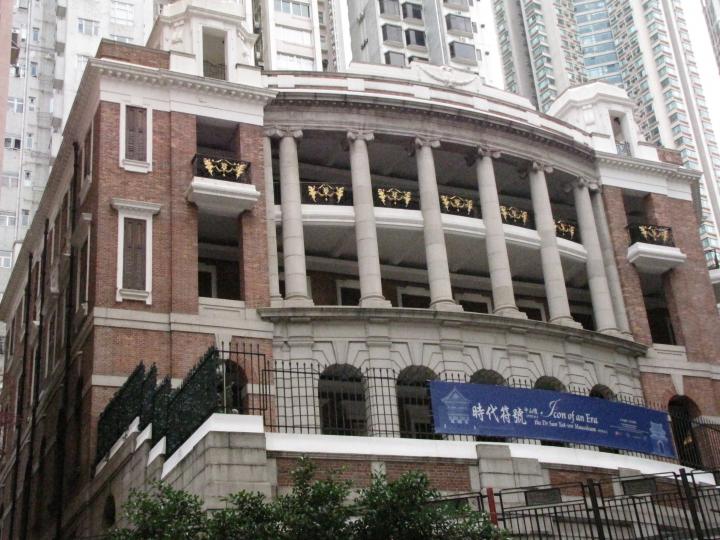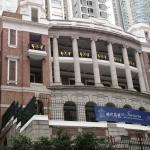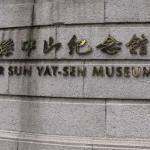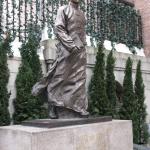Dr. Sun Yat Sen Museum
Dr. Sun Yat sen was the first democratically elected leader of China. He is often called the Father of China. Sun Yat-sen was one of the organizers of the revolution that overthrew China’s last imperial ruler. Although he did not succeed in uniting China and spent much of his political career in exile in Hawaii and Japan, he is unique because of all of China’s modern leaders he is revered by almost everyone. Unlike Mao Zedong who has the crippling Cultural Revolution to answer for, and Deng Xiaoping who can never quite live down the Tiananmen Square incident, Sun Yat-Sen died before he could make any major faux pax that would tarnish his reputation.
Dr. Sun Yat-sen is buried in the Chinese city of Nanjing but there are memorials to him all over the country. Anyplace he lived or worked has been turned into a museum. Taiwan and China have had a rocky relationship for nearly 60 years but even in Taiwan Sun Yat-sen is honored. I noted when I was in Taiwan that Dr. Sun Yat-sen’s picture is on Taiwanese coins. I visited the city of Kaohsiung in Taiwan and there is a university there named after Dr. Sun Yat-Sen.
Dr. Sen is known for many achievements but perhaps one of the most progressive things he did in China was make to make it illegal to bind women’s feet. Apparently his mother could never walk without a cane because her feet had been bound. He was appalled to see his own sisters’ feet bound and begged his mother not do it. Criminalizing foot binding was one of the first things he did after becoming president.
I have visited Sun Yat-Sen’s home on the island of Macau where he practiced medicine, lived with his first wife and raised his children. I have also visited his home in Shanghai where he lived with his second wife and entertained many of the world’s political leaders. Recently I visited the Dr. Sun Yat-sen Museum that opened in Hong Kong in 2006. Sen finished high school and studied medicine in Hong Kong. He also attended a Christian church there and was baptized. Since Hong Kong was under British rule he could live there safely while he organized his revolution because the British had passed a bill that forbid the extradition of Chinese political dissidents.
His museum in Hong Kong is housed in a hundred year old mansion that has been painstakingly restored to its original condition after serving as a Mormon Church for several decades. It contains letters written by Dr. Sen, his son’s diary, pieces of his clothing and displays that educate visitors about his life and work. Animated cartoon films and interactive computer games bring his story alive for children and documentary films and artifacts inform adults.
I visited the museum on a Sunday afternoon and it was a busy place- full of tourists from many different countries eager to pay homage to Dr. Sun Yat- Sen and learn more about him.
* * * * *
 ThingsAsian
ThingsAsian


















